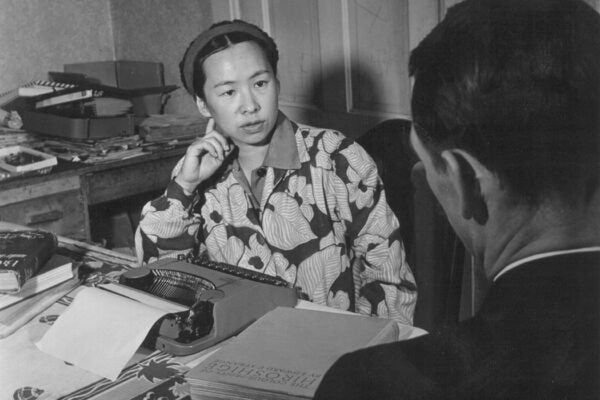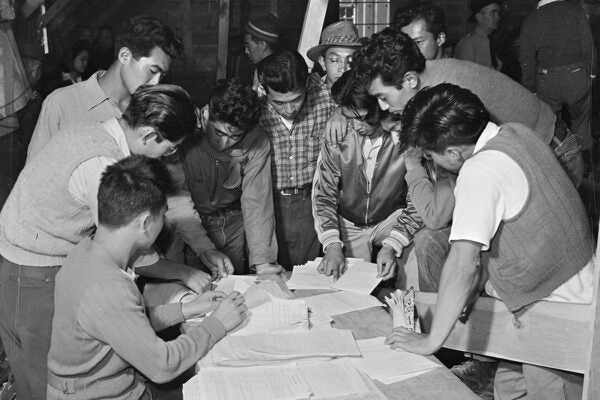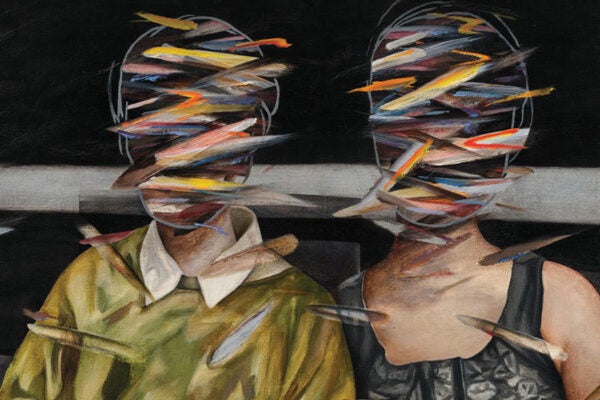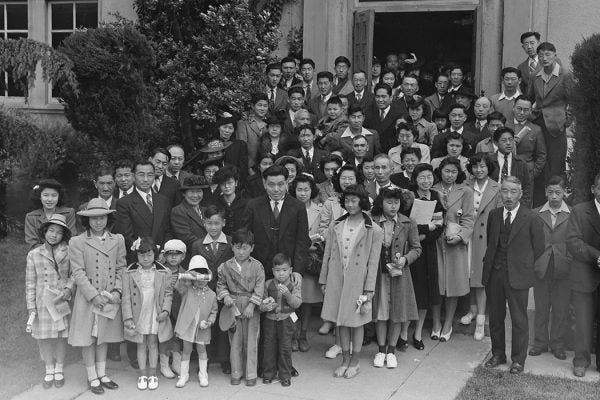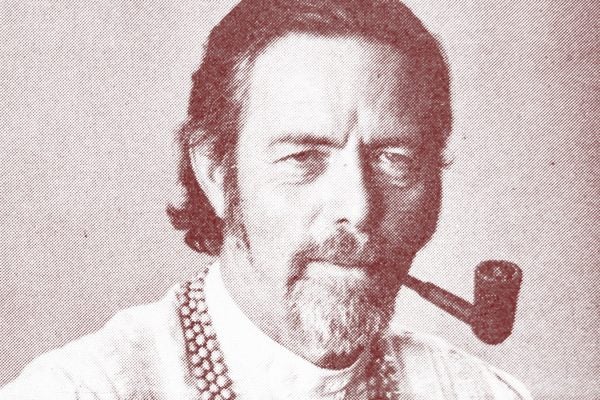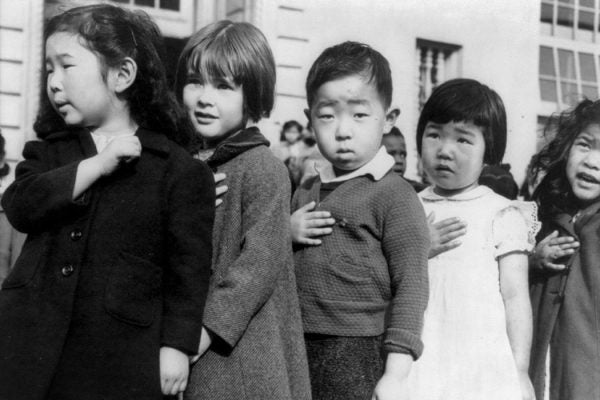Dear Deirdre: The Japanese American Agony Aunt
Using the nom de plume Deirdre, California-born writer Mary “Mollie” Oyama Mittwer offered advice on changing gender roles and cross-ethnic relationships.
Draft Resistance in Japanese American Internment Camps
Arguing that they had been stripped of their citizenship and rights, hundreds of Nisei risked extending their imprisonment by resisting the draft.
Racial Hierarchies: Japanese American Immigrants in California
The belief of first-generation Japanese immigrants in their racial superiority over Filipinos was a by-product of the San Joaquin Delta’s white hegemony.
Japanese American Wives and the Sex Industry
Japanese American immigrant wives in the American West attempted to improve their living conditions through sex work.
Who Helped Japanese Americans after Internment?
Resettlement was difficult and traumatic, but the religious community worked to provide housing, food, and job opportunities.
When Buddhism Came to America
Buddhism was embraced by the Beats of 1950s America. But some Buddhists felt these converts were engaging with the practice in a shallow way.
Cosmopolitanism (and Racism) at the 1909 Alaska-Yukon-Pacific Exposition
Seattle’s Alaska-Yukon-Pacific Exposition celebrated intercultural connections, but also reduced non-white cultures to quaint attractions.
Lessons From a Japanese Internment Camp
Trump ally Carl Higbie recently cited Japanese internment camps during World War II as a “precedent” for a proposed registry of Muslims in the U.S.
